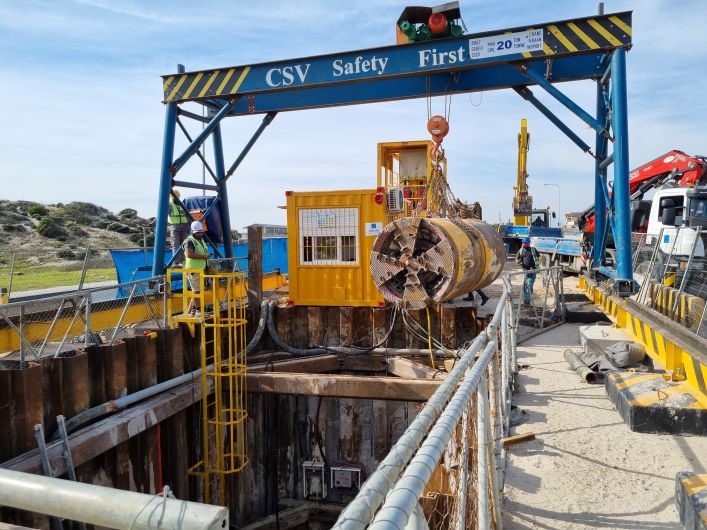
As we observed #WorldEarthDay on 22 April 2024, Alison Groves, director: discipline lead: built ecology, WSP in Africa and John Rammutla, principal associate: highways, WSP in Africa, examine the theme “Planet vs Plastics” – and the role of circular economy thinking in managing plastic waste towards a NetZero future.
This is Part 2 of a two-part article.
Plastic to energy
There is another way of dealing with plastic: burning it. In Scandinavia, waste-to-energy (WtE) plants incinerate high-energy residual waste, including nonrecyclable plastic along with other high-energy wastes such as timber and wood products. The heat is used to generate electricity and to warm water for local district heating systems, reducing the need to burn virgin fossil fuel for power and preventing a wide range of plastics from going to landfill. They do not end up in the environment, and the volume of waste is vastly reduced.
“The exhaust from these plants is well treated so most of what exits the chimney is water vapour,” Rammutla explains. “The residual slag is pretty nasty stuff though, and the waste from the scrubbing also contains high concentrations of hazardous substances.”
Unpleasant though these residues are, they are at least relatively small in volume, and there is some value in concentrating them so that they can be disposed of appropriately in specialised landfill. “New technologies are also putting some of these wastes to use,” Rammutla continues, “for example, in new types of concrete where the toxic chemicals can be fixed and rendered harmless.”
Could WtE be considered as part of the solution to meet South Africa’s energy requirements as it moves away from coal-fired power stations? According to the latest available statistics, South Africa generates approximately 122 million tonnes of waste per year, of which only 10% is recycled or recovered for other uses. This leaves at least 90% of the country’s waste entering landfills or worse – being dumped illegally.
“We certainly seem to be producing enough waste to burn,” Groves says. “Though there are probably more cost-effective ways to deal with our energy and our waste challenges at this stage, WtE is an initiative worth monitoring for potential local applications in the future. Should we explore it, it would be wise to prioritise low-grade, contaminated plastic that can’t be recycled into more useful products. This would help to clean up our landscape and prevent these kinds of waste ending up, ultimately, in the environment. WtE is one way to give some value to plastic and ensure that it is collected and removed.”
“Supporting our clients in reducing their waste and emissions remains a primary objective of our work. We believe that employing our Future Ready® approach and circular economy thinking throughout our project delivery process has the potential to make a significant contribution to decarbonisation of projects in the construction sectors,” Groves concludes.
More news
- PART 2: CONCRETE IN THE DESIGN OF A UNIQUE LUXURY HOME IN GEORGE, SOUTH AFRICA
- PART 1: CONCRETE IN THE DESIGN OF A UNIQUE LUXURY HOME IN GEORGE, SOUTH AFRICA
- MVULE GARDENS, AFRICA’S LARGEST 3D-PRINTED AFFORDABLE HOUSING PROJECT
- PART 3: HARNESSING THE POTENTIAL OF HIGH SULPHUR FLY ASH IN CONCRETE PRODUCTION
- PART 2: HARNESSING THE POTENTIAL OF HIGH SULPHUR FLY ASH IN CONCRETE PRODUCTION





